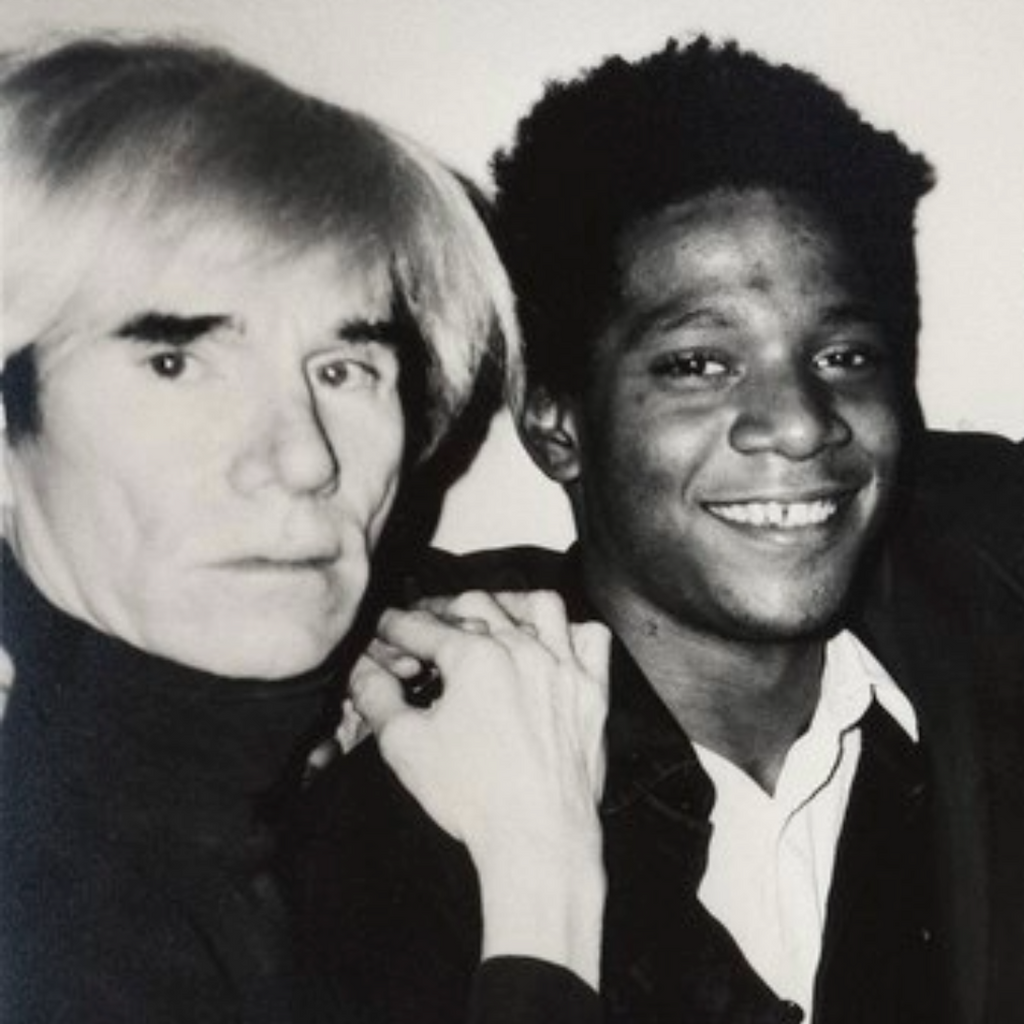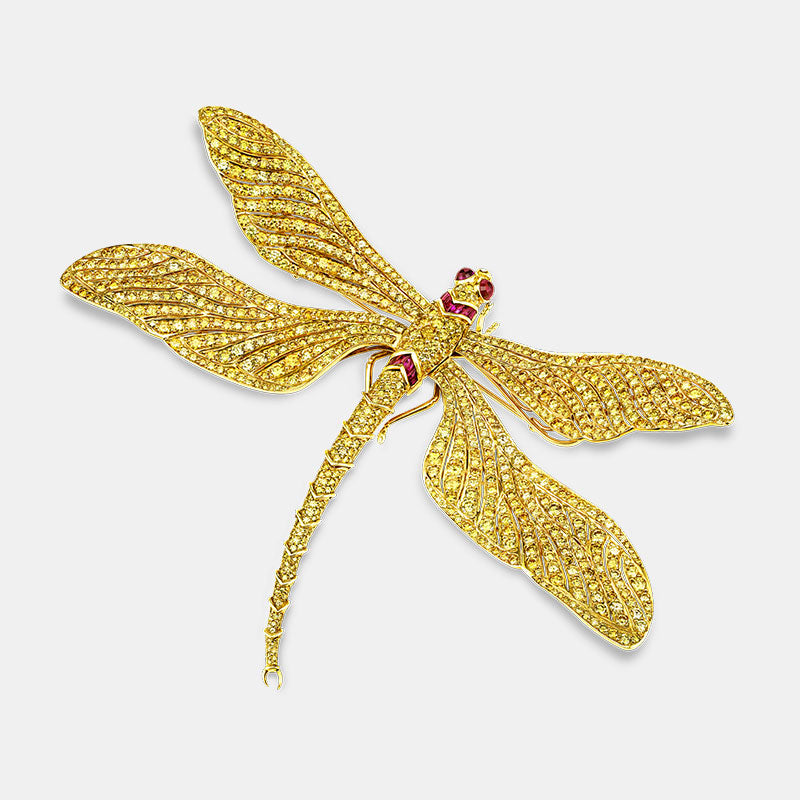WHAT IS POINTILLISM?
Pointillism (c. 1885-c. 1910) is the practice of applying dots or small strokes of unmixed colors to a surface so that they blend to form an image when viewed from a distance. The painting technique is one of several branches of the Neo-Impressionism movement that flourished in the late 19th and early 20th centuries. Unlike the Impressionists, who recorded nature and the elusive qualities of light with spontaneity, Neo-Impressionists approached optical phenomena with scientific rigor and relied on color theory — especially the use of complementary colors — and careful calculations to achieve their desired effects. The innovation of Pointillism art, and the technique’s inventor Georges Seurat, is the use of color theory and a keen understanding of optics to break up compositions into tiny bits of color that are harmonized by the human eye.
COLOR THEORY, A TAPESTRY FACTORY AND A CHEMIST

Gobelin’s dyes were perfectly adequate, but he found that certain colors, like the often-criticized black dye, appeared weak and reddish when surrounded by deep blues or purples. Essentially, Chevreul realized that the human eye perceives hue and value differently based on the colors surrounding it. Or in other words, the juxtaposition of complementary colors intensifies the color of both. Complementary colors are those directly opposite each other on the color wheel: red and green, yellow and violet, blue and orange. Vincent van Gogh later wrote of this concept: “This reciprocal heightening is what's called the law of simultaneous contrast...If the complementary colors are taken at equal value, that is to say, at the same degree of brightness and light, their juxtaposition will raise both the one and the other to an intensity so violent that human eyes will scarcely be able to bear to look at it.”

THE “INVENTOR” OF POINTILLISM: GEORGES SEURAT
Pointillism is closely associated with the French painter Georges Seurat (1859-1891). Like earlier Impressionist masters, Seurat created images by applying dabs of paint to the canvas, although he adopted an almost scientific approach. He was also drawn to similar sites and subjects of everyday life but painted on a much larger scale than his Impressionist contemporaries, who tended to paint quickly en plein air.

An initial move toward Pointillism is evident in Seurat’s Bathers at Asnières (National Gallery, London), painted in 1884. Boys and men are seen bathed in harsh light on the banks of the River Seine. In the background, a railway bridge and the chimneys of a gas plant and factories are visible. Seurat planned the composition meticulously. Thirteen oil sketches and ten drawings for it survive today. When Bathers at Asnières was rejected by the official Salon in the spring of 1884, Seurat helped found the Groupe des Artistes Indépendants, an organization famously “sans jury ni recompense” ("without jury nor reward"), where he exhibited the work. Discover more about famous art exhibitions in history.

Seurat’s most famous painting, A Sunday on La Grande Jatte—1884, exhibits a full embrace of the Pointillist painting technique. Seurat painted the huge picture, now at the Art Institute of Chicago, and many small-scale, preliminary drawings and oil sketches for it between 1884 and 1886. It depicts contemporary Parisians of various walks of life relaxing on the banks of the River Seine. Most are in shadows cast by umbrellas and leafy branches. It is a Sunday afternoon, and many of Seurat’s subjects are pictured in their finest dress. The figures appear frozen in time, and only one, a small girl wearing white in the painting’s middle ground, looks directly at the viewer. Even the painted frame is composed of brightly colored dashes and small dots, carefully placed so that complementary colors interact at the edges of the composition.
OTHER PRACTITIONERS OF POINTILLISM

Paul Signac
Georges Seurat’s friend and principal student, Paul Signac (1863-1935), also played an important role in the development of Pointillism. The young Signac first met Seurat in 1884, when both artists helped found the Groupe des Artistes Indépendants. Signac is particularly known for his landscapes and seascapes painted in brilliant colors; most notably, the artist experimented with Pointillist techniques in other media, including watercolor, etchings and lithographs. After Seurat’s death in 1891, Signac emerged as Pointillism’s leading painter, theorist and spokesperson, even publishing an extended analysis of Pointillism in 1899 titled From Eugène Delacroix to Neo-Impressionism.
The 1905 oil on canvas, The Lagoon of Saint Mark, Venice, is an example of Signac’s mature Pointillist style. Colorful sailboats and gondolas float through rippling water in front of distinctive Venetian architecture in the distant background. In this seascape, Signac’s pure strokes of bold color are rectangular (versus Seurat’s uniform dots) and resemble the tesserae, or small pieces of stone, of micromosaics.

Camille Pissarro
One of the founders of the Impressionist movement Camille Pissarro (1830-1903), briefly experimented with Pointillism art, at least partly because his son Lucien was interested in the technique and the paintings of Georges Seurat (read more on the artistic family tree of the Pissarros). The oil on canvas Haymaking, Éragny at the Van Gogh Museum in Amsterdam depicts a favored subject of the artist, rural peasant life, but the entire scene is composed of tiny dabs of paint. Although Pissarro practiced Pointillist techniques for only a brief period, these experiments informed the coloristic effects of his later works and inspired other artists, including Vincent van Gogh. Van Gogh may have admired Haymaking, Éragny in particular, since his brother Theo, an art dealer, sold it in 1887.

Jeanne Selmersheim-Desgrange
Longtime student and romantic partner of Paul Signac, Jeanne Selmersheim-Desgrange (1877-1958), produced masterful canvases using the avant-garde techniques of Pointillism. Selmersheim-Desgrange began her career as a jewelry designer but transitioned from decorative to fine arts in 1909, studying painting with Signac. The pair entered a romantic relationship and, after divorcing their spouses, spent the rest of their lives together in the south of France. Selmersheim-Desgrange’s oeuvre is dominated by images of flowers, gardens and seascapes, no doubt inspired by the picturesque setting of St. Tropez.

Maximilien Luce
Another French artist to briefly experiment with Pointillist techniques was Maximilien Luce (1854-1941). Luce favored scenes of ordinary people and everyday life, as seen in his Morning Interior at the Metropolitan Museum of Art. The 1890 canvas depicts his friend and fellow painter Gustave Perrot preparing for the day as morning light streams into the simply furnished room. The intimate portrait is rendered using the stippled brushwork characteristic of the freshly-minted artistic movement of Pointillism.

Hippolyte Petitjean
Hippolyte Petitjean (1854-1929) met Georges Seurat in Paris in 1884 and worked in the Pointillist style for the following decade. After abandoning the technique around the turn of the century, Petitjean returned to Pointillism in 1910 for a series of watercolor landscapes. For example, his Sailboats at the National Gallery of Canada show a series of boats floating near coastal cliffs. Peititjean’s late watercolors depart from typical Pointillist techniques in both medium and execution with their widely spaced dots of color.

Théo van Rysselberghe
The Belgian painter Théo van Rysselberghe (1862-1926) first encountered the work of Georges Seurat on display in Paris and was instrumental in bringing Pointillism to Belgium. Seurat was invited to exhibit in the 1887 salon of Les XX, an avant-garde society founded by van Rysselberghe and other pointillist artists in October 1883. Seurat exhibited seven original paintings in Brussels, an event that had a profound impact on Belgian painters despite negative reviews of A Sunday on La Grande Jatte—1884 by local critics.
Van Rysselberghe’s famous portrait of the daughters of Léon Guinotte is a rare example of Pointillism applied to portraiture. Behind each of the small figures lies a glimpse into their distinctive personalities. Michette displays the bravado and confidence of the eldest child, while Hélène exhibits a shyness and Paule a restlessness that reveals their younger age. Generally speaking, van Rysselberghe’s brand of Pointillism exhibits a subtlety missing from the bolder canvases of his French contemporaries.

George Morren
A lesser-known practitioner of Pointillism is the Belgian painter George Morren (1868-1941). Following the exhibition of Seurat’s paintings in the salon of Les XX, Morren attended painting workshops in Paris and joined a circle of Belgian Neo-Impressionist painters in the early 1890s. The 1891 masterpiece A l'Harmonie recently acquired by the Musée d’Orsay in Paris, is exemplary of Morren’s Pointillist style. The canvas depicts women and children in the manicured setting of Koning Albertpark in Antwerp. Although painted in a looser, less-scientific manner than that of his predecessors, Morren rendered A l'Harmonie using the hallmark of Pointillism: countless spots of color.
CONCLUSION, OR THE POINT OF POINTILLISM
Pointillism flourished in European artwork for less than three decades, but today, it is one of the most recognizable artistic movements of the modern era. Rather than mixing pigments on the palette, Pointillist painters applied dots and dashes of pure color to their canvases using sophisticated theories about color and optics. The results are mesmerizing, but the technique was also time-consuming, a labor of love requiring careful planning and stamina to complete entire compositions with only the tip of the brush. Interest in Pointillism began to wane at the turn of the century, and many Pointillist painters worked in other styles after experimenting with the technique. The saturated colors characteristic of Pointillism undoubtedly paved the way for the bold Post-Impressionist canvases of Vincent van Gogh and Fauvism, an avant-garde style championed by André Derain and Henri Matisse in the first decade of the 20th century.
Sources
Art in Context. “Pointillism – A History of Pointillism, the Famous Dot Painting Movement.” https://artincontext.org/pointillism.
Britannica. “Pointillism.” https://www.britannica.com/art/pointillism.
Cramer, Charles, and Kim Grant. "Introduction to Neo-Impressionism, Part I." Smarthistory. April 15, 2020. https://smarthistory.org/introduction-to-neo-impressionism-part-i/.
Cramer, Charles, and Kim Grant. "Neo-Impressionist Color Theory." Smarthistory. April 15, 2020. https://smarthistory.org/neo-impressionist-color-theory/.
Foa, Michelle. Georges Seurat: The Art of Vision. New Haven: Yale University Press, 2015.
Phaidon. “A Movement in a Moment: Pointillism.” https://www.phaidon.com/agenda/art/articles/2017/july/10/a-movement-in-a-moment-pointillism/.
Signac, Paul. Paul Signac. New York: Parkstone International, 2013.







